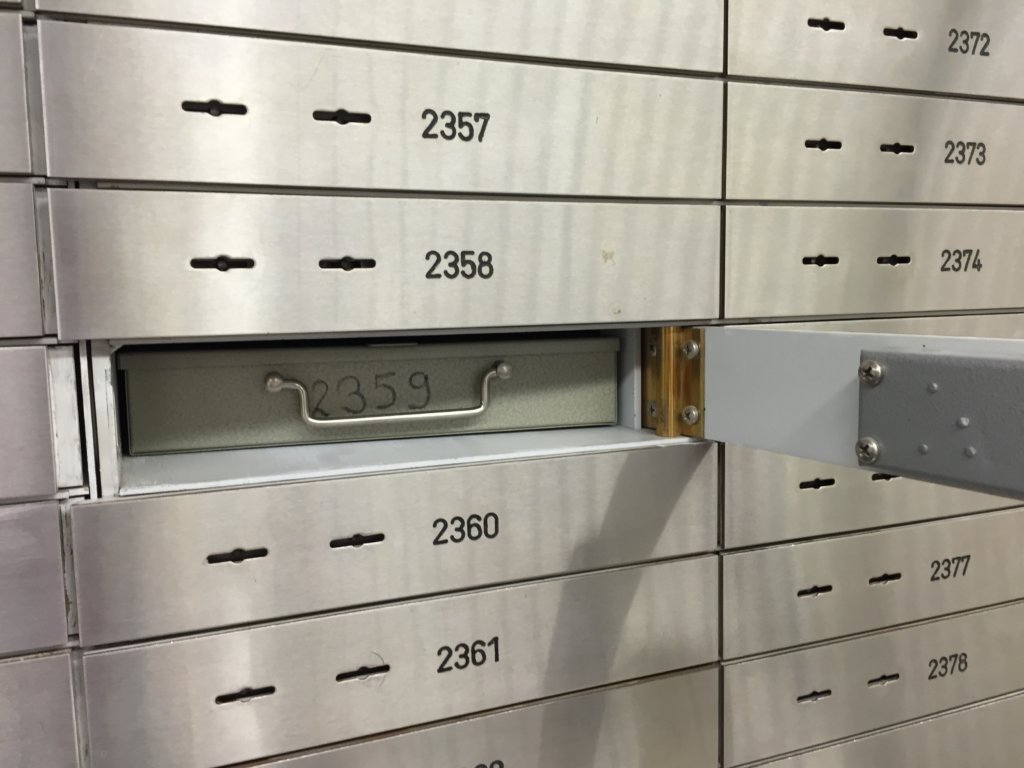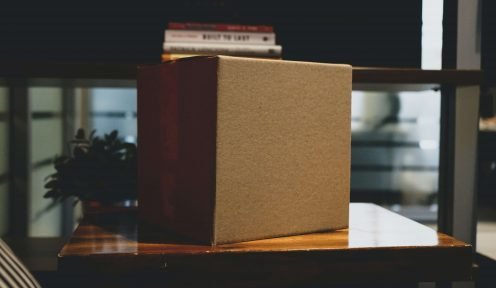
25.05.2020
The Liability of the Judicial Depositary
This article includes a brief review of the judicial depositary's duty of care and the consequences of its failure. It also analyzes some preventions for the depositary in c
 Por
Osa Otero, Sandra
Por
Osa Otero, Sandra The Judicial Depositary is liable when fails fulfilling its duty of care as “a good parent”.
We have already had the opportunity to explain in this blog the role of a judicial depositary. The requirements for their appointment and the expenses that must be assumed for their designation.
We have also tried to set out their obligations, which can be summarized in the following sentence:
“to fulfill their duty of care as a good paret regarding the seized property”
In general, the judicial depositary will exercise its role with the highest diligence. Otherwise, and as we have already said in this blog, significant liabilities will arise from their non-compliance.
The judicial depositary shall fulfill its duties, but a different thing is to be able to do it. Sometimes we, as judicial depositaries, have the custody of assets that do not have the necessary protection for their maintenance. We can also receive assets which do not correspond with the inventory done by the Court. We can be only aware of these irregularities when liabilities emerge and it is too late to avoid them.
That is why we want to dedicate this article to expose some precautionary and exculpatory measures.
Unfortunately, this quiz has a limited amount of entries it can recieve and has already reached that limit.
Avoiding liability
There are no definitive guidelines regulating how to mitigate receivers’ liabilities. However, from our experience we understand that it is important to comply with the following measures to avoid damages:
(I) To review the security of the building where the assets are deposited, including:
- To review the access to building and to consider change of locks.
- To review the security of doors and windows,repairing those that do not respond to adequate security standards.
- To review the alarm system, not only as an anti-fire alarm but also to prevent burglars.
(II) To hire surveillance services of the building if it is not provided by the Court. (For example, to hire someone who periodically visits the property and do records of his visits).
(III) To take out force majeure or fortuitous event insurance.
(IV) By limiting the number of people accessing the building.

Si te ha interesado este artículo no dudes en leer:
Precautionary measures in civil proceedings
Exculpatory measures
We refer to those measures that allow us to prove that, despite the damages, there was a correct performance of duties.
These kinds of measures can be the following:
(I) First, check the Court’s inventory.
In case of disagreement with the Court’s inventory, remember to follow one of these alternatives:
- In case of delivery of the assets by a bailiff, we must ask him for a record of the delivered inventory. In that record, we will inform of the discrepancy.
- If the assets are not delivered by the bailiff, then express all your discrepancies when accepting the position as receiver: Impossibility to access the building, to check the assets or to do the inventory examination.
(II) Once the possession is taken, we suggest to do a statement of the assets. And in order to be able to prove this “real” situation of the assets, we recommend the following measures:
- Notarial photographic records of the property.
- As an alternative or complementing the Notarial statement, an expert report of the assets. In this report, the expert will assess the state of the goods and any defects that may appear at first sight.
- If the previous ones are so expensive, then a photographic report done by the depositary himself may work. (Preferably done by professional photographers).
(III) Once we have done the statement, if any damages are found, report them immediately to the Court. If no damage is found save the report shall you need it as a proof of fulfillment of your duties.
(IV) It is also advisable to do a statement with all the safety measures that have been taken by the receiver. It should include, for example, changes or reparations to locks, the installation of alarms or new contracted insurances. Keeping all reports and invoices from the professional works taken in the property.
(V) Periodic reports about the assets:
- If any surveillance services have been hired then ask them for a periodic report. That report should include the situation of the premises and photographs of the assets. Three visits per week are recommended.
- If the surveillance is carried out by receiver’s employees, it is advisable to be carried out by two people. This is because it is always better to have more than one witness. These witnesses should visit the premises twice a week and take pictures during each of their visits. And if any anomaly is found, report it to the Courts as soon as possible.
Conclusions
- The judicial depositary must fulfill its duty of care as a good parent regarding the seized assets.
- One thing is willing to act as a good parent, and another thing is to do it so.
- There are a number of preventing measures, such as reviewing security of the property: Theft insurance hire or limiting the access to the premises where the assets are located.
- Some measures may be adopted to absolve the depositary of responsibility, in order to justify duty of care.
- For example, reporting all the measures adopted and monitoring all activity done during the judicial deposit period. And the immediate communication to the Court of any incident that may occurred.
If this article has been of interest, we also suggest you to read the following article published on our website:
Precautionary measures in civil proceedings
Contacto No te quedes con la duda, contacta con nosotros. Estaremos encantados de atenderte y ofrecerte soluciones.












